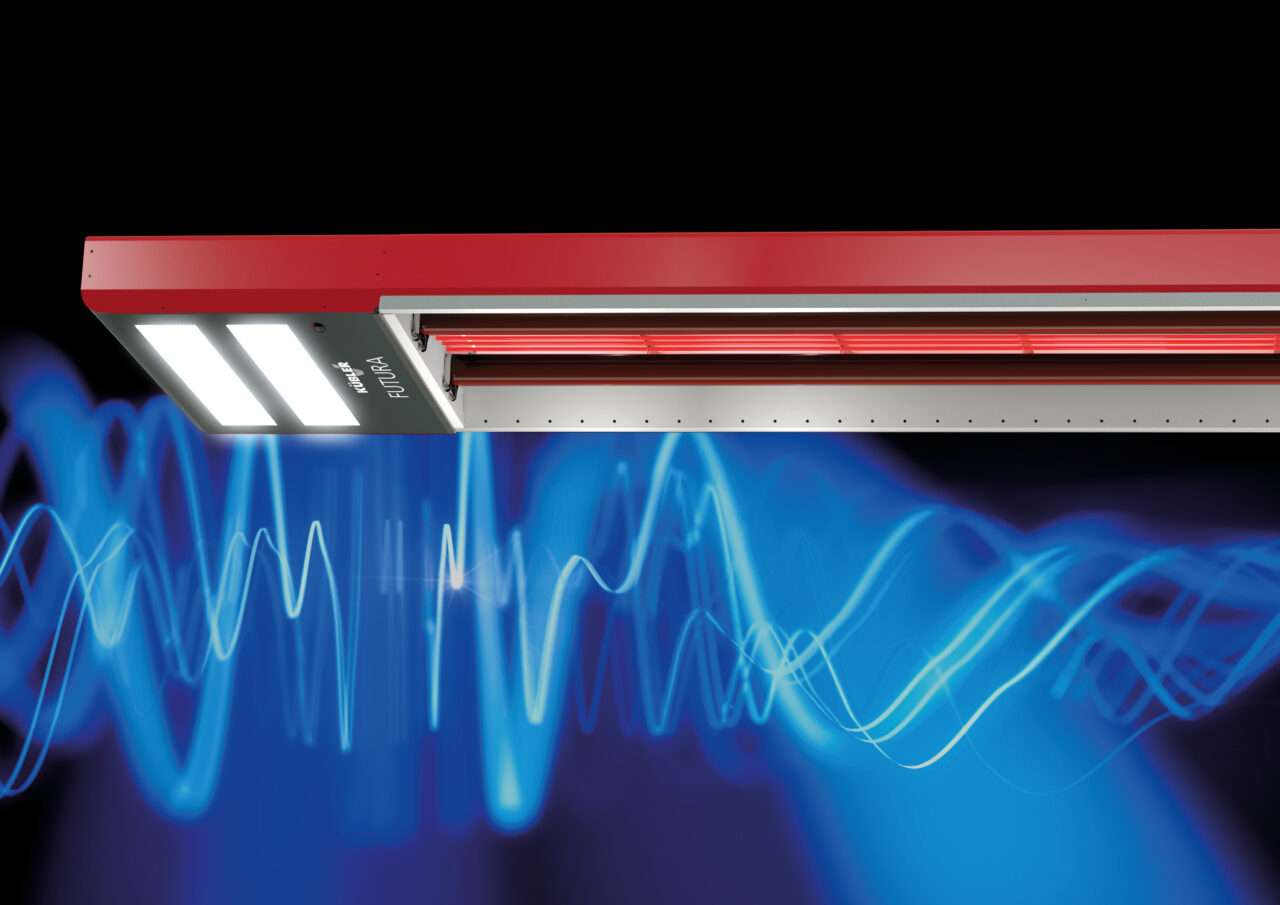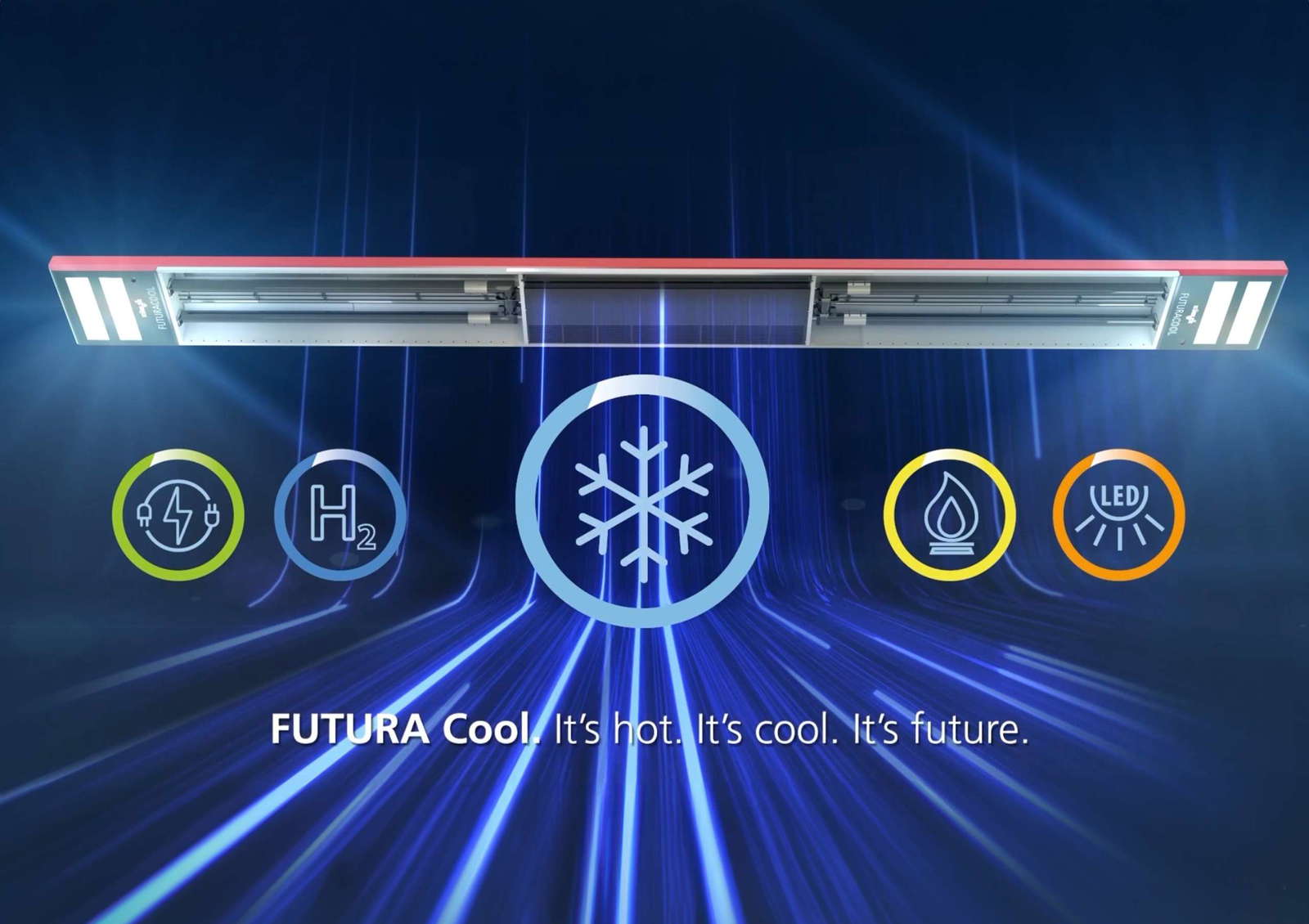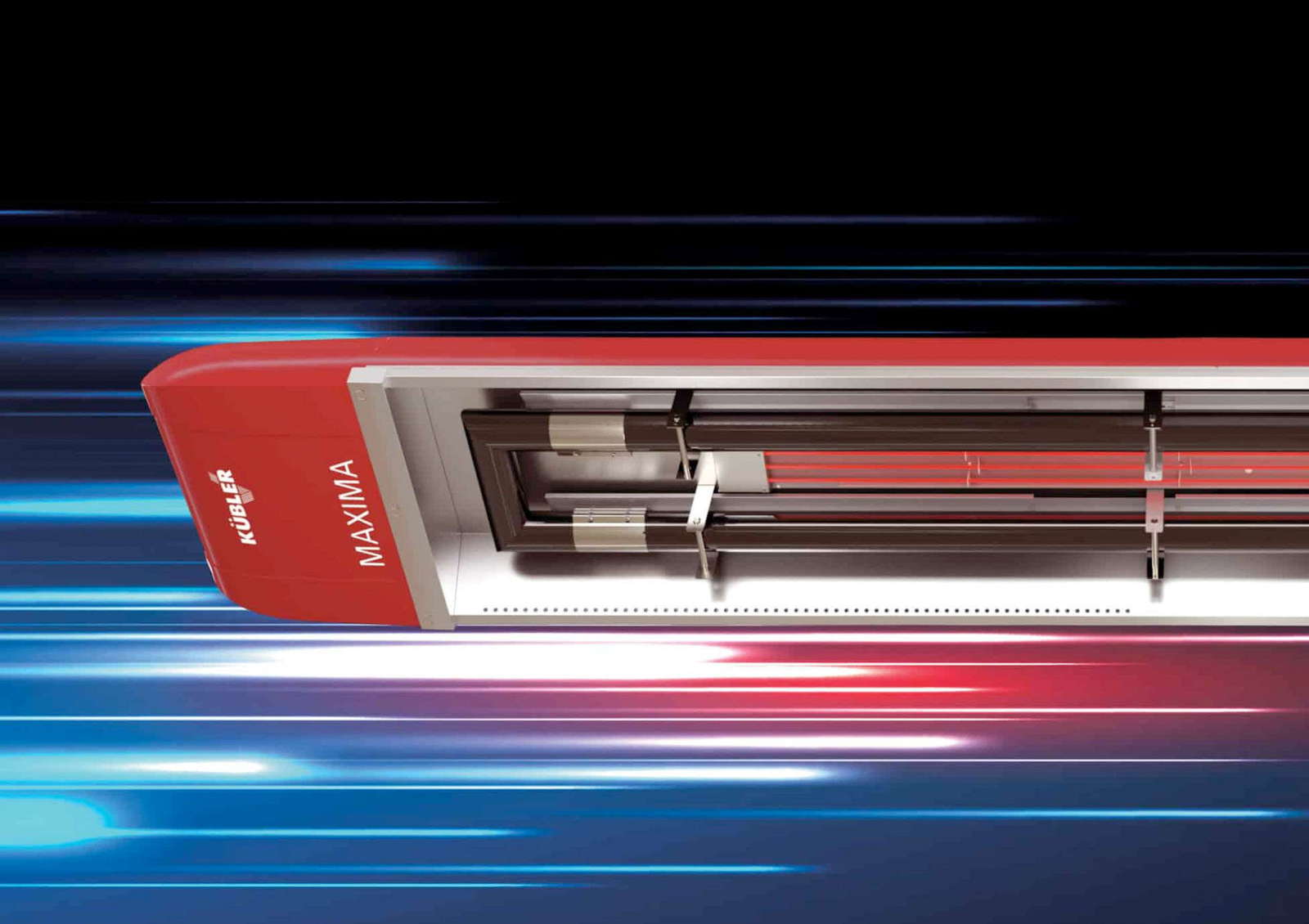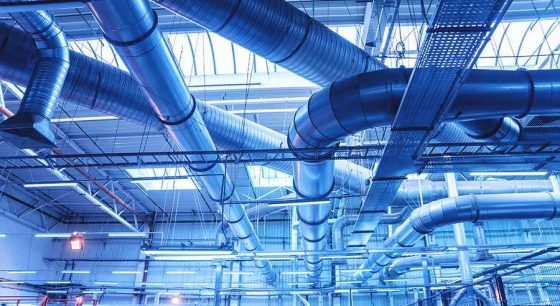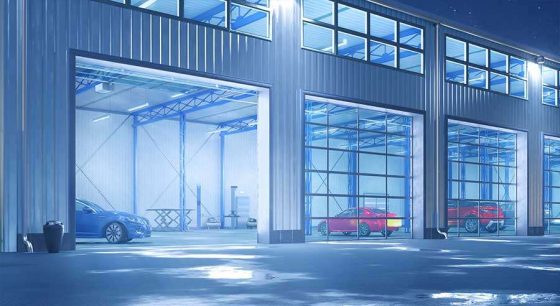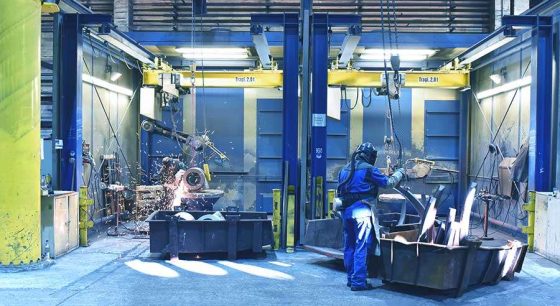So that Germany doesn't run out of gas: switch to energy-saving industrial heating now

Knowing how - the right technology makes saving energy easy
How to make saving energy easy? While heat pumps are currently the trend in private households and other multi-storey buildings, the situation is physically and technically quite different when it comes to heating tall hall buildings. Those who want to react flexibly to short-term changes in heating requirements and who want to remain variable for future hall conversions opt for industrial heating systems that have been specially developed for heating halls. These heaters are modern high-efficiency systems and offer a wide range of benefits in industrial, commercial and municipal buildings:
- 30 - 70 percent sustainable energy savings
- Can be operated variably with methane, green hydrogen and/or biogas
- Flexible adaptation to changes in use
- often the only sensible solution for existing buildings
- Fast amortization and high environmental benefits
- pleasant, uniform, draught-free working environment
- Precisely adjustable for changing heating requirements
- Can be expanded with condensing boiler technology as a hybrid system through to digital hall heating
Infrared dark radiators are specifically designed for the special room dimensions and conditions of use in halls. They can be implemented very easily, very economically and quickly. The practical example of a mechanical engineering company in North Rhine-Westphalia shows just how interesting this technology is for industrial and commercial enterprises. There, the energy costs for heating the 6,300 square meter hall area were reduced by around 65 percent. Based on current energy prices, this would mean a cost reduction from around 170,000 euros to around 83,300 euros - a saving of around 86,700 euros.
Halls need special heating systems
Halls differ from other buildings in terms of their ceiling height, room size and changing usage profiles. It is important to understand this difference when selecting sustainable and efficient heating technology for production, storage, sports, event and other halls. Residential and office buildings, kindergartens, hospitals and other non-residential buildings in multi-storey construction with clear heights of around 2.50 meters are relatively easy to heat. Hall buildings with room heights of 4 - 40 m and floor areas of 100 - X-1,000 m² are a real challenge for heating due to their special building physics conditions. In order to be able to heat these buildings functionally, economically and ecologically, heating systems specially developed for hall buildings are used.
Modern industrial heating systems such as infrared radiant heaters, which can be operated extremely efficiently with natural gas, liquid gas, biogas or hydrogen, are considered the technology of choice. These modern high-efficiency technologies have nothing in common with gas heating systems used in homes or offices. While warm air in multi-storey buildings remains almost 100% usable in the room, in halls it rises out of the usage area up to high below the hall roof. This is one reason for the great superiority of infrared technology for heating hall buildings.
-
Only around half of German companies are aware of their waste heat potential - this is what dena writes in its publication on waste heat utilization as part of the Energy Efficiency Initiative. This means that an estimated 226 TWh of usable heat goes unused every year. That is 36 % of the energy used by the entire manufacturing industry. Clearly, this costs companies an enormous amount of money, but at the same time the unused waste heat has a negative impact on the environment. Around 60 million tons of the greenhouse gas CO2 are unnecessarily evaporated into the atmosphere every year. In view of rising energy costs and climate protection targets, companies simply can no longer afford to do this.
-
Whether in industry or in private residential construction - anyone deciding on a heating system or hall heating of the future today is faced with a lot of question marks. Which energy scenarios will actually determine the future? Which technologies will then become relevant? Is it still worth investing in fossil-fuel systems? What does the traffic light say? And taking all these questions into account, what is the best functional and economical heating solution for the hall building in the long term?
-
"Heating with the windows open" in private households is like "heating with the doors open" in production halls and warehouses. It's great if you can afford this in industry and commerce because production and business are obviously running - unfortunately, this is not a matter of course for many companies in times of coronavirus.
-
Dust-intensive work is not uncommon in production processes. It can become a burden - for people and for machines, such as the hall heating system. What should you pay attention to if you want to protect the health of your employees and at the same time benefit from the heating system for a long time? And is it possible to reconcile one with the other?
